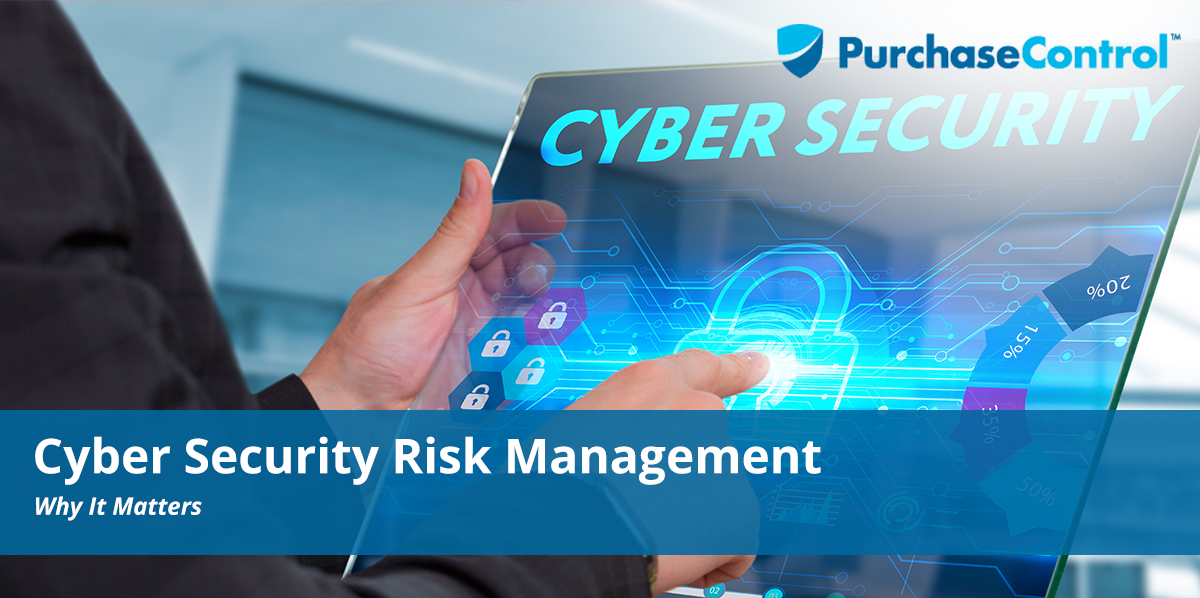

In the financial services industry, value-at-risk modeling is a statistical methodology used to quantify the level of financial risk within a firm or investment portfolio over a specific time frame. It also has allowed them to start making decisions based on financial data and to move progressively away from making decisions based on Fear, Uncertainty and Doubt (FUD). Organizations that have adopted VaR models for cybersecurity are able to drive the discussion about risk in more consistent, business-aligned terms. enable business executives to make cost-effective decisions and achieve a balance between protecting the organization and running the business.help risk and infosec professionals articulate cyber risk in financial terms, a language that everyone understands.Sometimes referred to as cyber VaR, these models provide a foundation for quantifying information risk and insert discipline into the quantification process. Such questions have led to the development of value-at-risk (VaR) models, specifically designed for information security.

How much cyber risk do we have? Are we spending too much or not enough? How much can we reduce risk with the proposed info security budget? Should we buy cyber-insurance? They are no longer content with technical reviews of their security controls and are asking questions related to the business impact of cybersecurity attacks. Over the past year, executive teams and board members across multiple industries have started to ask questions more forcefully about the risk posed by cybersecurity attacks.


 0 kommentar(er)
0 kommentar(er)
